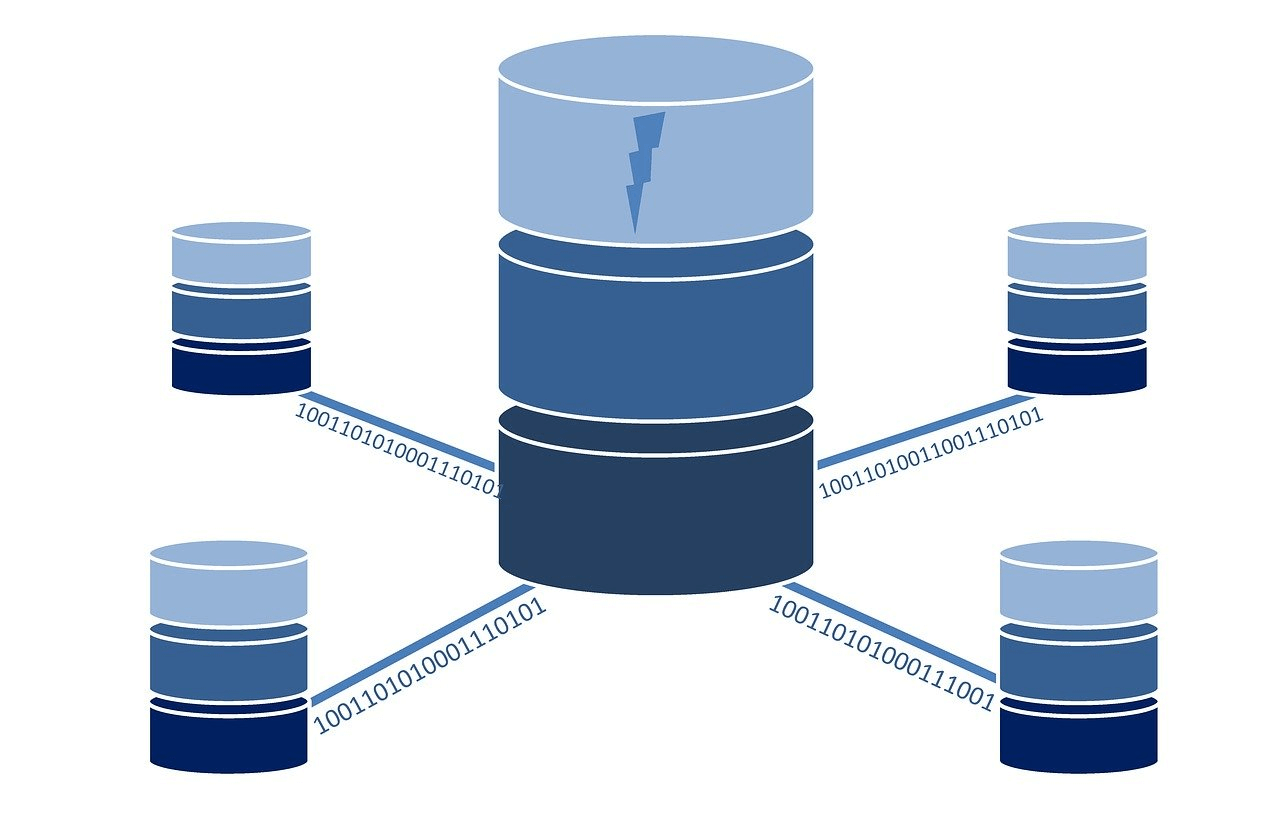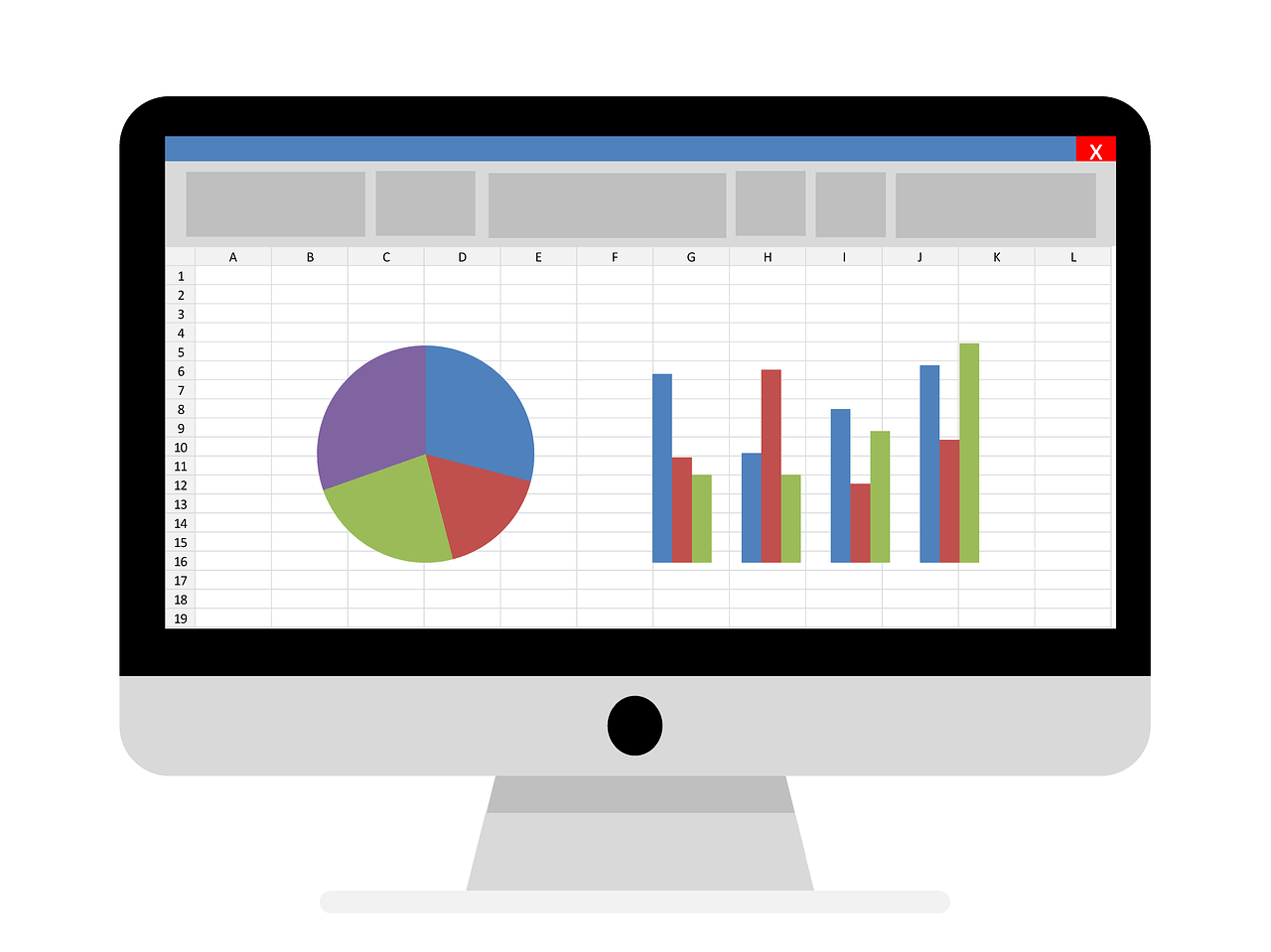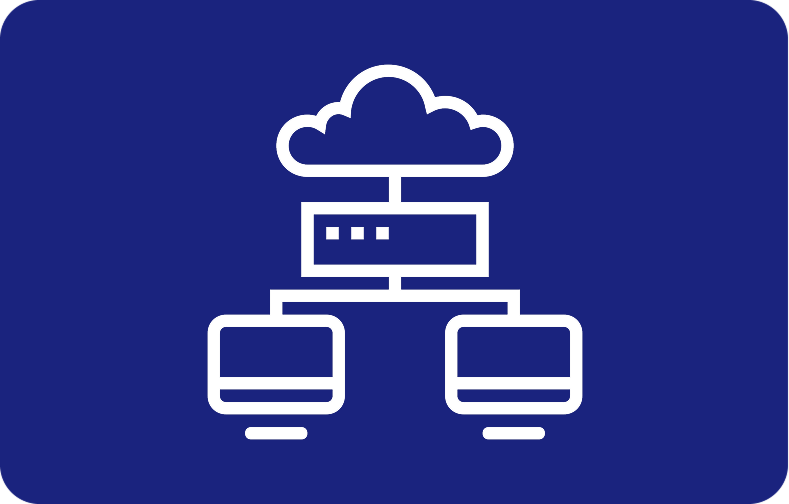What Is Unstructured Data?

There is no shortage of data in a world that is becoming increasingly digitalized each year. Most of the online information is unstructured data in many shapes and forms.
Most of the files you see online are examples of unstructured data, including audio files, textual data, social media data, sensor data, video files, business documents, and many other data types.
But what is unstructured data, and how can organizations use it to achieve their goals successfully?
Today, we will learn about unstructured data in more detail, explore its benefits, and see how it differs from structured data.
Let's begin!
-
- An Overview of Unstructured Data
- How To Successfully Analyze Unstructured Data
- How Is Unstructured Data Stored?
- What is Structured Data?
- Structured and Unstructured Data
- Structured and Unstructured Data Use Cases
- Benefits and Drawbacks of Structured and Unstructured Data
- An Overview of the Key Differences Between Structured and Unstructured Data
An Overview of Unstructured Data
Unstructured data is any information that does hot have a predefined format. Instead, unstructured data has an internal structure but does not have a predefined data model.
Usually, unstructured data comes in large unstructured datasets, a collection of big data files not stored in a traditional row-column database.
Unstructured data can be human-generated unstructured data or generated by machine learning and can come in the form of non-text or text files.
Database administrators must first extract the raw data to analyze unstructured data successfully. Usually, data analysts use business intelligence tools for analyzing unstructured data and achieving the company's objectives.
Examples Of Unstructured Data
As mentioned, many unstructured data types do not have a predefined structure, and some of the most common unstructured data examples include:
-
Social media posts
-
Log files
-
Customer data
-
PDFs
-
Social media chat data
-
Weather data
-
Atmospheric data
-
Artificial intelligence
-
Machine learning
-
Invoices
-
Scientific data

How To Successfully Analyze Unstructured Data
Unstructured data analytics comes in many forms. However, the standard methods admins can use to perform unstructured data analysis include the following:
-
Unstructured text data mining: This data analytics method uses natural language processing or NLP to extract useful information from textual data. For instance, businesses can use this unstructured data analysis to examine customer behavior and analyze the reviews they leave across their social media platforms to identify patterns.
-
Sentiment analysis: Businesses can perform sentiment analysis to identify their customer's emotions from text-based sources. Namely, this business intelligence tool can help companies determine whether their customers have a positive or negative sentiment regarding a particular product or service.
-
Machine learning: Businesses can use machine learning to find helpful insights into customer data. For instance, data analytics tools that feature machine learning can help businesses examine customer behavior and identify trends.

How Is Unstructured Data Stored?
Businesses and individuals store unstructured data in a non-relational database like Hadoop or NoSQL.
Additionally, non-relational databases are optimized for storing large amounts of unstructured data and efficiently managing data.
Moreover, unstructured data is typically stored in the following formats:
-
Text files, including PDFs and emails
-
Image files, including JPEGs and PNGs
-
Audio files, including MP3s and WAVs
-
Video files, including MPEGs and AVIs

What is Structured Data?
Structured data is usually considered quantitative data stored in a relational database, or RDBMS.
Namely, the data involved in structured data models come with form fields attached to the data elements, meaning each piece of information can be identified.
The most common examples of structured data include phone numbers, zip codes, names, addresses, credit card numbers, stock information, or any other easily searchable information.
Structured and Unstructured Data
The main difference between structured and unstructured data is how each one is formatted and organized.
Structured Data
Namely, structured data is predefined and organized in tables with rows and columns. Additionally, structured data analytics are easier to perform because searching and finding structured data in a relational database is easy.
StructuredStructured data can be seen as records or transactions that are well-organized in spreadsheets in a relational database environment.
Unstructured Data
On the other hand, unstructured data is not predefined, and storing unstructured data works differently.
Namely, unstructured data is stored in big data sets that include all types of files and information that are not separated from each other.
As a result, to perform successful unstructured data analysis, the unstructured data needs to be analyzed by experts because it is more difficult to process unstructured data.
It is harder to handle unstructured data because information like product catalogs, financial records, and social media files are all lumped together and are not as easily discernable as structured data.
Luckily, there are many unstructured data analytics tools that data admins can use to manage unstructured data and make business processes more efficient.
This includes using tools like Excel, Google Sheets, and RapidMiner to analyze unstructured data better and faster.

Structured and Unstructured Data Use Cases
Due to the big difference between structured and unstructured data, each can be used for different purposes.
Structured Data Use Cases
Structured data can be used across various industries, including accounting, financial services, banks, ATMs, and reservation systems.
Additionally, structured data is extremely helpful for businesses that use customer relationship management platforms or CRMs because it is easy for the company to handle structured data and find client information instantly, which makes creating reports and examining data fast and efficient.

Unstructured Data Use Cases
Because unstructured data can be just about anything, it can be used for various tasks. Namely, all the different unstructured data types stored in non-relational databases are extremely useful for data mining and help businesses gather more information regarding their customers' behaviors, buying habits, and trends.
Additionally, businesses that analyze unstructured data can use the information they've collected to predict future market shifts, enabling them to plan and prepare better for what's to come.
Also, unstructured data can be quite useful for creating Chatbots. Namely, by using natural language processing and AI, you can extract information from numerous sources and use it to match questions to responses in a natural language format, creating a human dialog chat experience for users.

Benefits and Drawbacks of Structured and Unstructured Data
Knowing the pros and cons of structured and unstructured data can save you time and make your operations more efficient because you will know which data sets you need to search to perform certain tasks.
Structured Data Benefits and Drawbacks
Benefits
-
Easy to manage and analyze: Structured data is easier to analyze because it uses a structured query language that allows you to use established queries to search for and find information. Additionally, the reports you get in return are easy to understand, making structured data perfect for businesses that make data-driven decisions.
-
High consistency: Because structured data is predefined, the information is stored in the same format across all file systems. Therefore, it is easier to manage the data because it will always be in the same format.
-
Quick data processing: Since structured data is organized in tables, fields, and spreadsheets, it is easier to sort and filter the files, making processing the data much faster and more straightforward.
-
Easy integration: Structured data makes it easier and faster for businesses to share and use data across multiple systems because it can be easily integrated with other systems, like databases and applications.
Drawbacks
-
Limited flexibility: Because structured data is stored in a specific format, it can only be used for data types that fit the predefined formats. Therefore, it can be quite limiting, especially for businesses that handle multiple kinds of data.
-
Manual data entry: Businesses that work with structured data will have to do a lot of manual data entry, which can be tedious and expensive.
-
Higher costs: Setting up and maintaining structured data can be quite costly, especially for companies that need to use specialized tools and systems to manage their information.
-
Incomplete data: If structured data is not updated regularly, it can result in the business making inaccurate analyses and decisions because they will not have the complete data at their disposal.
Unstructured Data Benefits and Drawbacks
Benefits
-
Various use cases: Because unstructured data is stored in its native format, meaning that it is not translated into a format that a database can easily read, the unstructured data can be interpreted across multiple applications and used for various purposes.
-
Fast data collection: Since unstructured data does not have predefined parameters, businesses can collect a lot of information and perform unstructured data analytics to gain valuable insights from their customers across all social media posts, reviews, and other platforms.
-
High scalability: Unstructured data can be stored in onsite or cloud data lakes, making it highly scalable because you can purchase more storage whenever you use larger amounts of unstructured data.
-
Competitive advantage: Although performing unstructured data analytics on larger volumes of data can be challenging, it can provide you with the edge you need to outperform your competitors because you will be able to gather better insights and identify customer trends.
-
Better customer service: Because unstructured data allows you to conduct a sentiment analysis of social media posts and reviews, it can help you significantly improve customer service and transform potential customers into returning ones.
Drawbacks
-
More difficult to analyze: Because unstructured data is not defined, it is open to interpretation and is not as easy to read as structured data. Therefore, you might need to hire an expert to help your marketing team understand the insights collected from social media posts so that they can make the right decisions.
-
Not as many analytic tools are available: There are significantly fewer analytics tools for performing unstructured data analytics than structured data analytics.
-
Poor indexation: Because unstructured data is not predetermined, the indexation process can be time-consuming, challenging, and prone to errors.
An Overview of the Key Differences Between Structured and Unstructured Data
|
Category |
Structured Data |
Unstructured Data |
|
Data Formats |
Several formats |
Various data formats |
|
Data Model |
Predefined |
Not predefined |
|
Storage |
Data warehouses |
Data lakes |
|
Data Nature |
Quantitative |
Qualitative |
|
Search Difficulty |
Easy |
Hard |
Knowing what unstructured data is, what it offers, and how it can be used to your advantage is crucial, especially today, where most shared information is unstructured.
Additionally, since unstructured data is so widespread, it provides businesses and individuals with endless sources of information that they can use to improve their brands and create a better user experience for their customers.
Also, unstructured data is growing at unprecedented rates, surpassing structured data.
So, by implementing unstructured data analysis into your business operation, you can benefit from the many insights and information you collect and use them to gain a competitive edge that will set you apart from your competitors.
Frequently Asked Questions
What is Unstructured Data?
Unstructured data includes all formats collected in one place and stored in a non-relational database.
Additionally, unstructured data is not predefined, meaning it does not use a preset data model to separate the files based on their type.
What Are Some Common Examples of Unstructured Data?
Unstructured data can take any shape or form. However, some of the most common unstructured data examples include the following:
-
Social media posts
-
Human-generated queries
-
Machine-generated queries
-
Sensor data
-
Business documents
-
Media files
-
Text data
-
Emails
How Can Businesses Benefit from Unstructured Data Analysis?
Businesses and individuals can use unstructured data analysis to gather information from various sources.
Further, they can extract the collected data to get insights into customer behavior, buying patterns, and trends to create a better marketing strategy and position their products and services more favorably.







.png)
.png)


